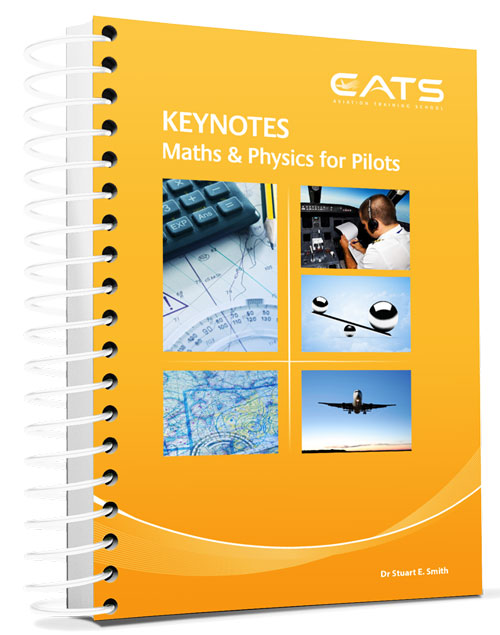
M3–The Mile, The Mach & Minute - Mental Math for Aviators, Ditch the Calculator - Mike Roumens
Pooleys stock code: BTG220/Share
Product description
Mental math for aviators. Easily compute angles, distance and time, wind components and drift angles, maximum wind effect. Visualise the actual wind on your HSI, get the right bank angles and turn radius calculations in a matter of seconds without using anything but brain power. Find the max range of a VHF station just by counting on your fingers, and more..
M3 is a book that gives back the power of mental math to aviators from all backgrounds, using simple tools and rules of thumb to avoid diverting attention while flying, thus enhancing situation awareness, promoting safe and efficient flying. Various examples are provided in the different sections to consolidate the comprehension at each level. Aviators will find here tried and tested rules of thumb as well as some innovative approaches to common situations encountered when airborne, while keeping the mental calculations to their simplest form. Soon you'll be ready to ditch the calculator!
Today’s aviation training material is loaded with formulas. It is part of the requirements for theoretical exams, and is meant to validate a certain level of knowledge before taking flying to a more practical level. But applying formulas while flying is time- and energy-consuming, and often not an option. No pilot wants to pull out a calculator in flight and divert his or her attention from the task at hand. But sometimes it seems there is no other way.
The proficient pilot uses airmanship to determine when mental shortcuts are relevant or not. In many situations, a rule of thumb can be used instead of precise measurements. However, it is strongly advised that pilots obtain accurate factual data for all aspects of takeoff and landing performance, weight and balance, obstacle clearance, and refueling and fuel management. Use mental models in these situations only as a crosscheck to ensure no gross errors were made while using calculators, graphs, charts and tables.
From the recreational pilot to the airline captain, processing information quickly and mentally is key to remaining focused on the essentials: flying the aircraft and navigating by making the correct adjustments. With an accurate mental picture, situational awareness is increased, which leads to better reactions and better judgment.
This book is intended to simplify usual computations that pilots need to make on any flying day. As such, it is not claiming to be accurate, nor to replace formal aviation training. Most rules of thumb are, at best, approximations. They help in getting a general idea on a specific subject, but they can also become valuable tools when cross-checks are needed—for example, when doubting the information displayed by a flight instrument, during failure of various systems, or a lack of redundancy. The aim here is to get rid of the calculator as much as possible, while obtaining workable results—in the correct sense—with a reasonable error margin.
The material discussed here has been simplified as far as practical, and only high school or a secondary cycle is sufficient to get a full understanding of all subjects covered. Nonetheless, technical terms, units, and examples are aviation specific, so aviation theory for a private pilot license or higher is expected in order to take benefit to the greatest extent.


